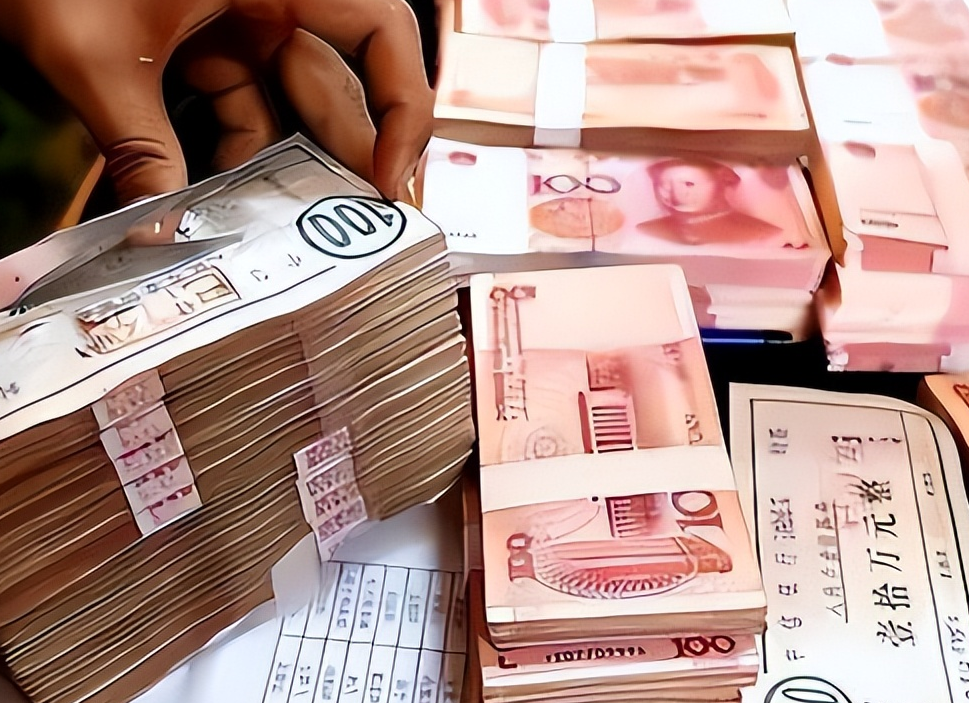M2 Surpasses 300 Trillion: Is Inflation Looming?
Advertisements
In recent years, a rather peculiar phenomenon has emerged within the landscape of China's economic growth. While the nation has experienced rapid expansion over the past few decades, recent indicators suggest that it is currently grappling with significant challenges. This has resulted in the nation’s fiscal and monetary policies becoming hotly debated topics among economists and the general public alike.
As of the end of October, China's M2 money supply had reached an unprecedented 309.71 trillion yuan, raising alarm bells among experts who worry about potential inflationary pressures. Ironically, despite this substantial increase in the money supply, various signs indicate the nation might be facing deflation rather than inflation. The average citizen, particularly, feels this contradiction acutely, as housing prices have fallen and consumer spending has slowed dramatically.
Data from October indicates that the Consumer Price Index (CPI) in China decreased by 0.3% month-on-month, supporting the notion that the country is in a deflationary period. It raises crucial questions: What has led to this situation, and how should the general populace react to these economic conditions?
The disconnect between the massive monetary injections by the People's Bank of China (PBOC) and the observable deflation can partly be attributed to the behavioral shifts among consumers ushered in by the COVID-19 pandemic. During the height of the pandemic, many individuals adopted saving behaviors due to uncertainty and restrictions on both work and spending. This new mindset now shapes consumer behavior in the post-pandemic period, where caution prevails over consumption.
Moreover, the economic environment has been exacerbated by rising global tensions, which have put additional strain on China's external trade. Conflicts in regions like Israel and Palestine and punitive tariffs imposed by the United States have complicated China's trading landscape, impacting its economic recovery. Consequently, the formula for economic growth, typically reliant on the three engines of consumption, investment, and export, has faced significant hurdles, leading to stalled exports and forcing reliance on domestic consumption and investment.
However, investment-driven growth presents its own set of instabilities. Traditional industries, for instance, are witnessing a gradual decline in demand, eroding the confidence of many industry players. High-tech sectors, on the other hand, are hampered by formidable barriers; the complexity and time required for development deter many potential investors.
Thus, stimulating domestic consumption emerges as the most viable strategy for boosting the economy. While the government has initiated measures aimed at spurring consumer spending, including significant local government debt issuance, these efforts primarily alleviate pressure on local authorities rather than directly inflating consumer confidence. Major investments in infrastructure and large-scale renovation projects do not quickly translate to tangible increases in consumer spending.
Additionally, much of the surplus money circulating within the financial system remains detached from the real economy, substantially due to a lack of confidence among loan seekers in the lending market. This creates an environment where money, rather than catalyzing economic growth, circulates without purpose, limiting its effectiveness.

Even though external trade conditions have faced setbacks, the government is undertaking significant initiatives to boost internal demand. Specific measures, such as subsidies for replacing old appliances, increased scholarship allocations for students, and lowered mortgage rates, aim to uplift consumer spending. On a broader scale, various financial strategies, including large-scale local government borrowing and a moderate easing of monetary policy, have been proposed to galvanize the economy.
Given the current trends, the expansion of M2 is likely to continue, which raises the potential for a portion of this surplus money to eventually infuse the real economy. This change, however, could also lead to the possibility of inflation taking root, following the deflationary phase currently being experienced.
To navigate these uncertain economic waters over the next couple of years, individuals are advised to exercise caution in several key areas. Firstly, impulsive investment practices, such as stock trading or mutual funds, should be avoided. While these avenues may promise high returns, they concurrently carry a significant risk, necessitating a prudent approach.
Secondly, individuals are encouraged to refrain from excessive or preemptive spending. Various modern credit options, such as buy-now-pay-later schemes and credit card usage, have become normalized, but overspending can lead to financial strain, especially in an environment where wage growth is stagnant.
Thirdly, entrepreneurship should be approached with careful consideration. The current job market presents challenges, and the risks associated with starting a new business can be daunting. In an increasingly competitive environment, maintaining a sustainable competitive advantage becomes essential for new ventures.
Lastly, potential homebuyers should tread carefully. While property prices and mortgage rates are declining, the purchase of a home often requires a substantial portion of an individual’s savings and may impose a long-term financial burden through mortgage obligations.
As we navigate this phase of deflation, it is crucial for consumers to carefully plan their spending behaviors, ensuring they curate a comfortable financial situation while maintaining faith in their government and personal circumstances. In an ever-evolving economic landscape, the intersection of consumer confidence and fiscal policy will play pivotal roles in determining future outcomes for China's economy.
Add a Review
Your email address will not be published. Required fields are marked